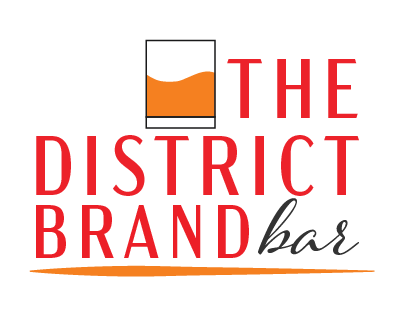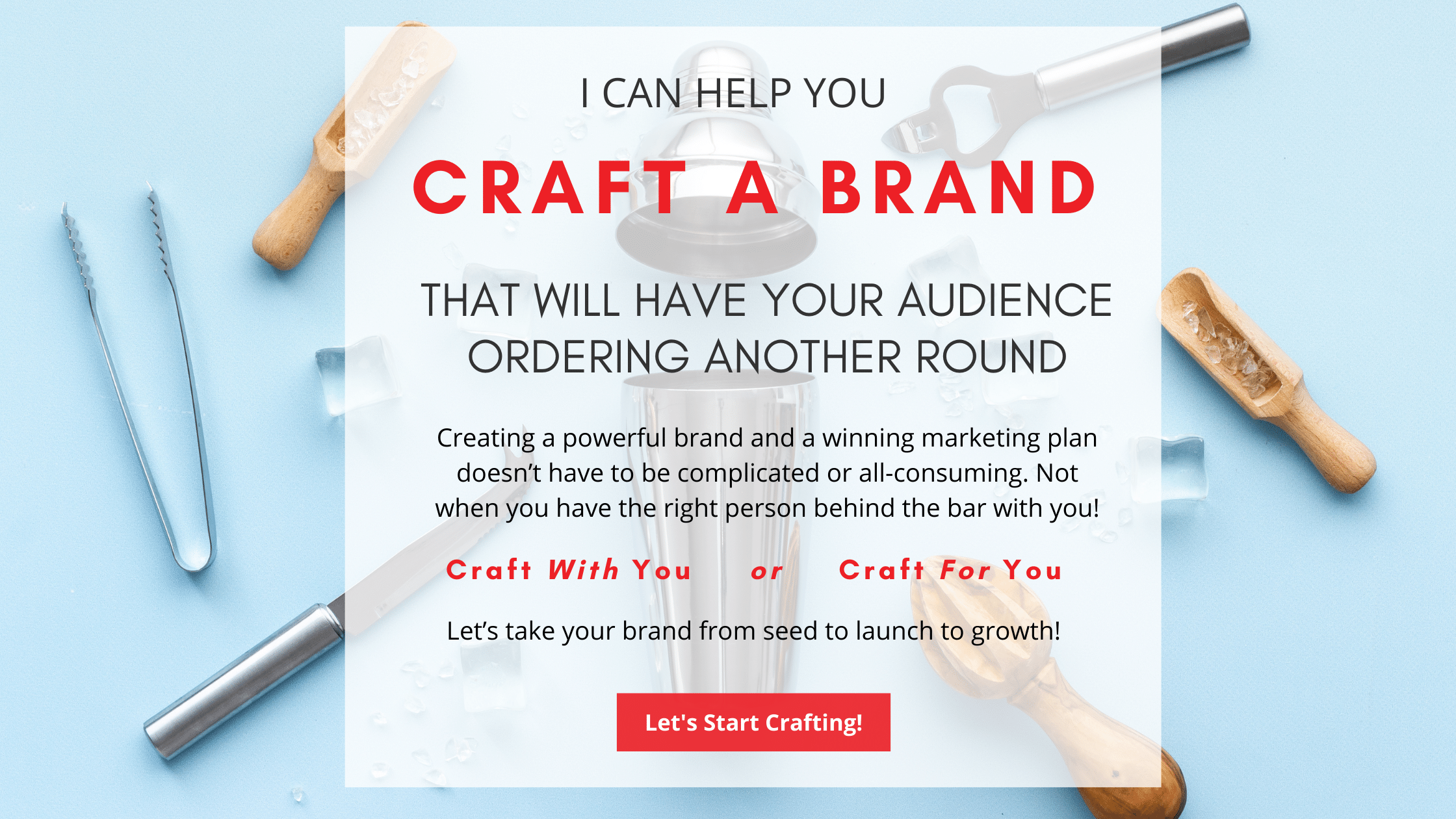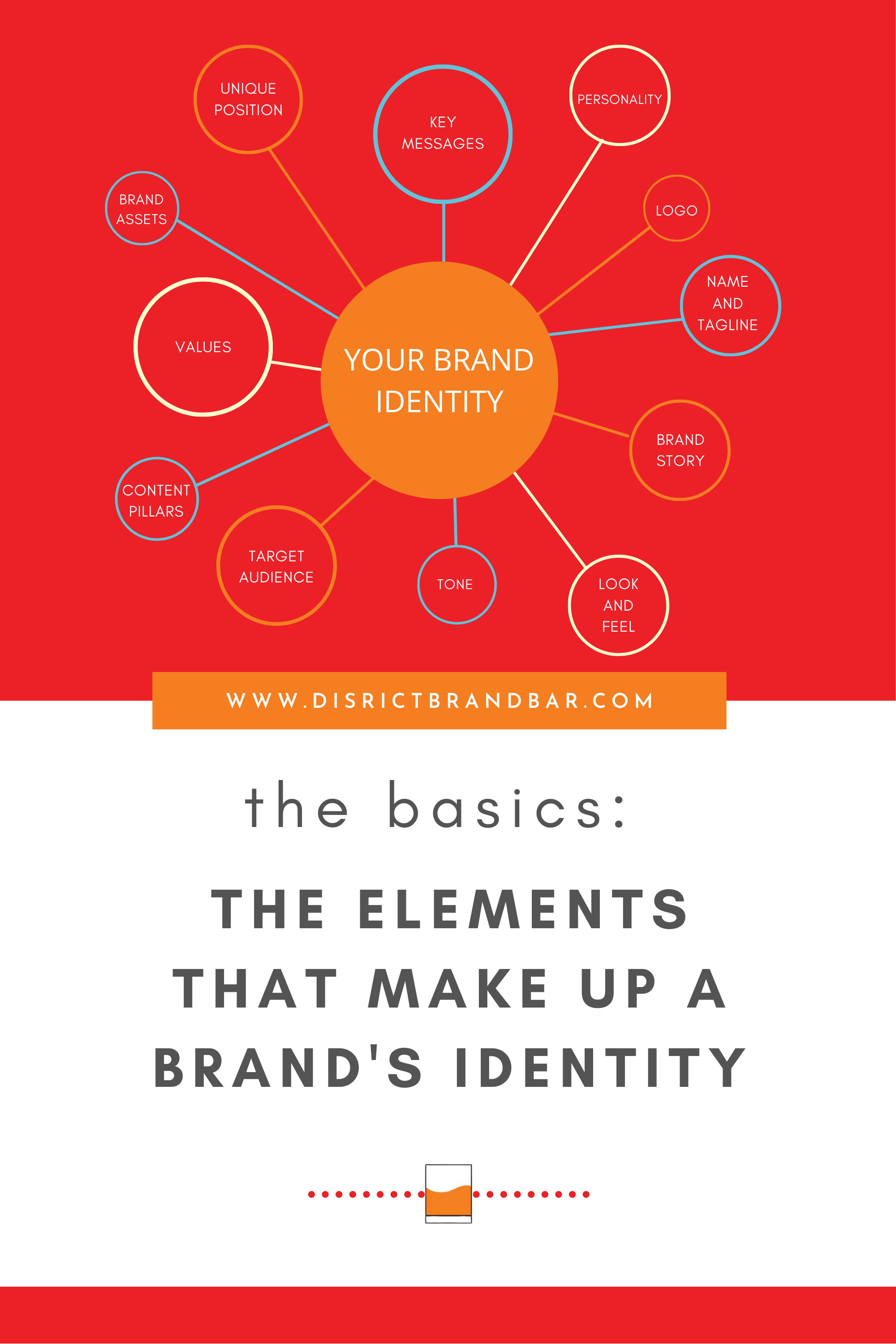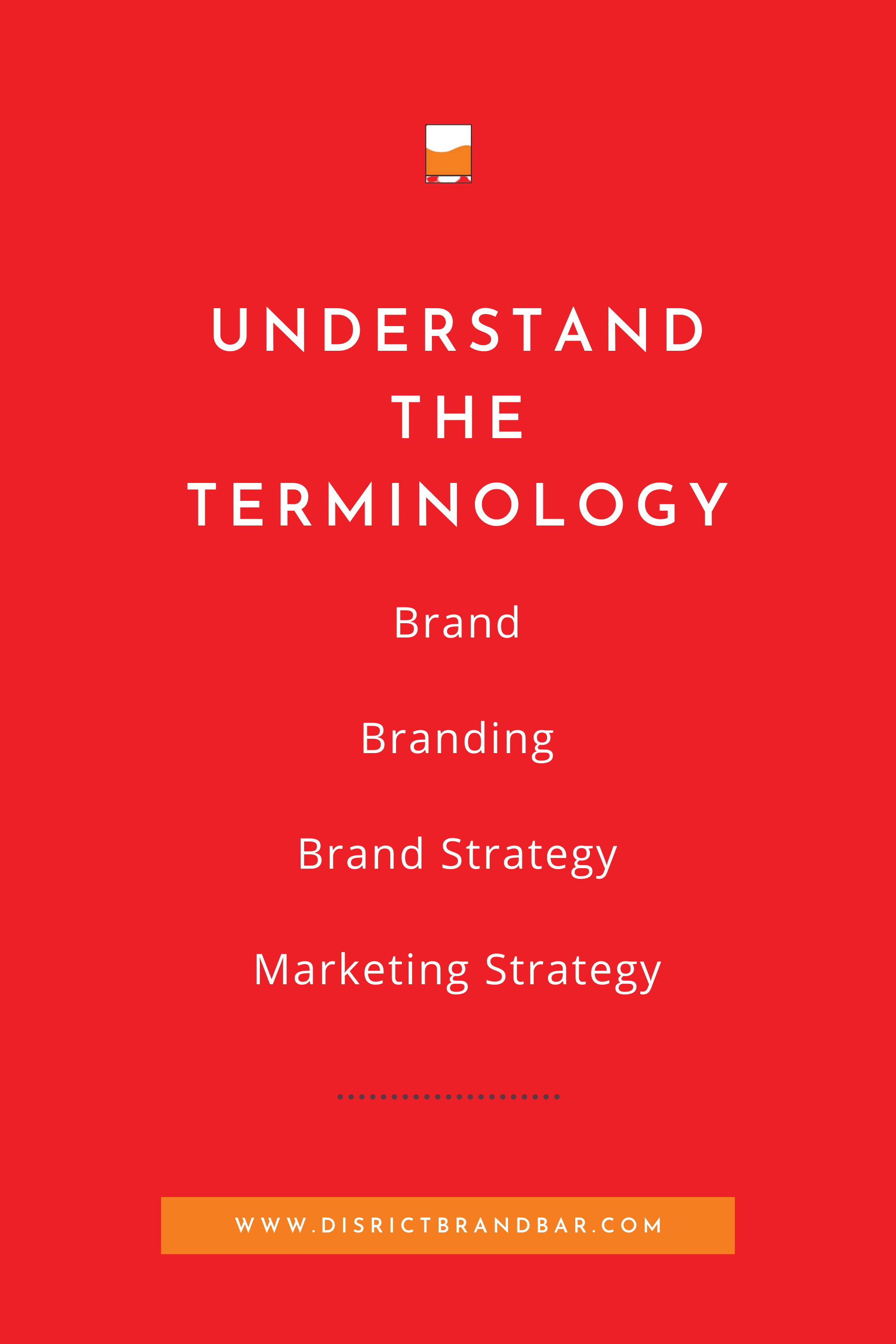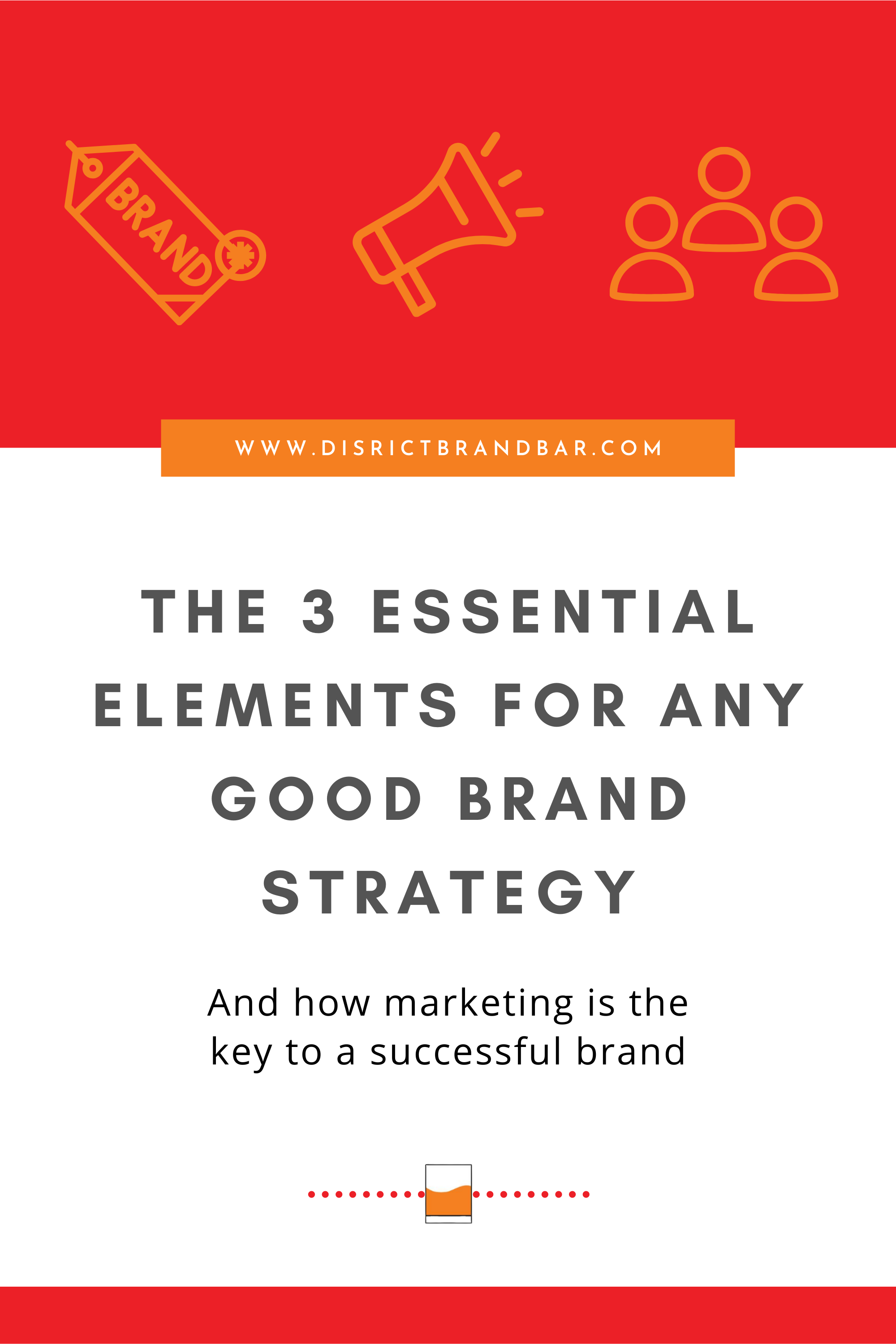The Basics: The Elements that make up a brand’s identity
We’ve talked about the 3 key elements for any good brand strategy.
And I’ve done a deep dive into the difference between branding, brand strategy, and marketing strategy.
Today, we are taking a look at everything tangible that makes up your branding: your brand identity
Your brand identity encompasses all of the identifiable marks that set your brand apart from others.
Yes, it’s everything you can see.
But it’s more than that.
You wouldn’t look at a person and assume their identity just by the clothes they wear or the way they style their hair.
No, you’d take in what you hear them telling you, what you feel ad what you experience.
Because someone’s identity is all-encompassing.
And that goes the same with a brand’s identity
It’s the foundation of your brand.
So today’s post we are simply going to break down each element that composes your brand’s identity.
When I conduct a brand audit for a client, I assess each of these. Is your brand identity clear and consistent? Is it attracting your key audience? Is it telling the story you want to tell?
They all work together so it’s important to not overlook any of them.
Let’s dive in!
These first three are what you might consider branding in the traditional sense:
Look and Feel
The creative aspect of your brand. The colors, fonts and imagery or design elements that you use to have a cohesive look to your brand. Choose 2-3 main colors with additional 2-3 complementary colors to round out your palette. I like to have 3 fonts, one for each use: headlines, body copy and an italic version. Your imagery or design elements can be anything from an Instagram filter you always use for your brand photos to a specific type of treatment you use for your graphics.
Logo
It’s the symbol, graphic mark or emblem that depicts the name of your brand. Typically you should have 3 versions. Your primary logo is typically horizontal and used for key placements like your website header or print materials. Your secondary or alternative logo is a more compact version to be used where a long horizontal one won’t fit. And finally, a submark logo doesn’t often include your full business name and is typically square or circular, making it great for social media profiles.
Brand Assets
Essentially any digital file or document that you use for your branding or in your marketing. So this is all your logo variations, your business cards, your brand photoshoots, your one-pagers, etc.
Whether you outsource or you take care of your graphics and branding yourself, having your assets in ONE place is so much better than trying to remember that hex code off the top of your head (trust me). That’s why I created the Comprehensive Brand and Marketing Assets Tracker. It’s the ultimate tool to stay organized and make sure your assets stay up to date.
But let’s back up... Can you have a brand without defining the basics?
Name and Tagline
Your business name may be the single first impression you are going to get. So make it a good one! Easy to pronounce, convey what you do, and one that you can easily get the domain for. Taglines are short phrases that sometimes accompany a logo. It isn’t necessary to have one but it is a powerful way to communicate what you do or who you serve.
Unique Position
What makes you unique? What’s your purpose or vision? What sets you apart from the crowd? How are you different from your competitors? Ensuring your unique position is front and center in your brand identity will position your business really well for success.
Values
What do you stand for? What are the beliefs that drive your company? How will you treat your customers, partners, team members, clients, etc.? Who you aren’t is just as important as who you are also. Giving a spotlight to your brand values will help you attract the right people.
Now we move to your brand voice. This is what they hear or read. What are you telling your audience about your brand in your copy?
Brand Story
Every business should have a cohesive narrative that tells the big picture of your brand, the problems you are solving and how your audience fits in. I love using Storybrand’s framework to help craft a brand’s narrative.
Key Messages
Your key messages are the fundamentals you need to create the rest of your copy and content. It tells people why you matter, what you stand for and why your brand is the one to solve their problems. Use my guide to start crafting your key messages today.
Personality
It's the human characteristics, emotions and attributes that are embodied by a brand. Your brand’s personality is what makes your brand relatable. Choose the 3 best personality traits that best represent your brand and how you want your audience to view your brand.
Tone
How you say it is just as important as what you say. People can read through the lines if you are condescending or not confident enough in your copy. It connects to your brand personality and also the audience you want to attract. Do you want to add a little humor in your messaging? Or maybe you want to be taken seriously so you have a formal tone.
Finally, what some might put into a marketing category, I believe sit firmly in the brand identity. Because again, it’s the foundation of your brand.
Target Audience
The specific group of consumers that will most likely want or use your product or service. The group of people that embody your dream customer and the one that your service is specifically suited for. We create a brand identity that is targeted for them, so they see themselves in your marketing. Use my free Audience Persona template to discover yours.
Content Pillars
A set of themes or topics that guide all of your content. They are directly related to your brand story, your products and services, and your unique brand positioning. Someone should read your content and know exactly what type of business you are in. You should have 2-3 main pillars that makeup at least 75% of your key messages and content and never change as they are the core of your business. Then 2 sub pillars that can change with whatever season of business you are in and show more of the personalities behind the brand.
As you can see having a strong brand identity is crucial to the success of your business. If you aren’t sure if your brand identity is cohesive or is attracting the right audience, I offer comprehensive brand audits to do just that! Book yours today!

